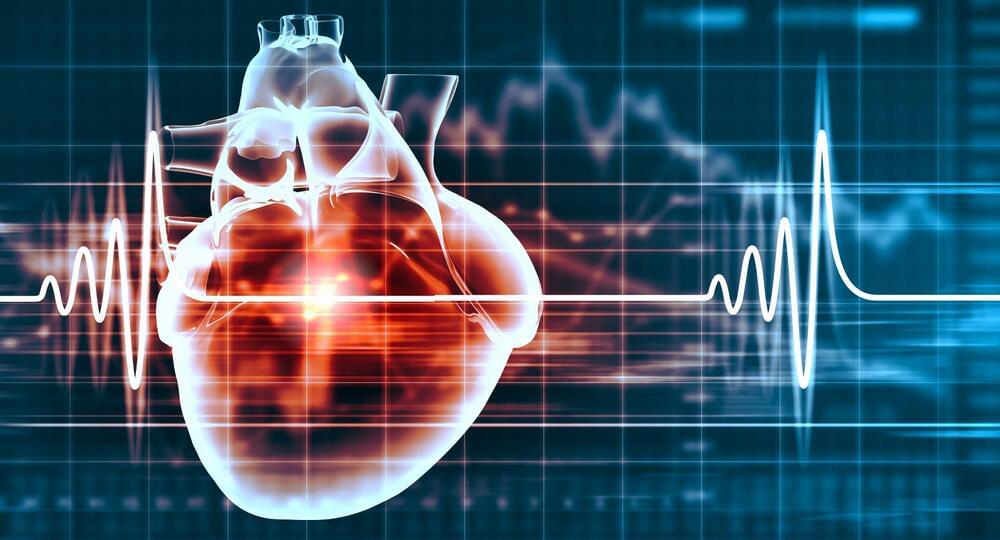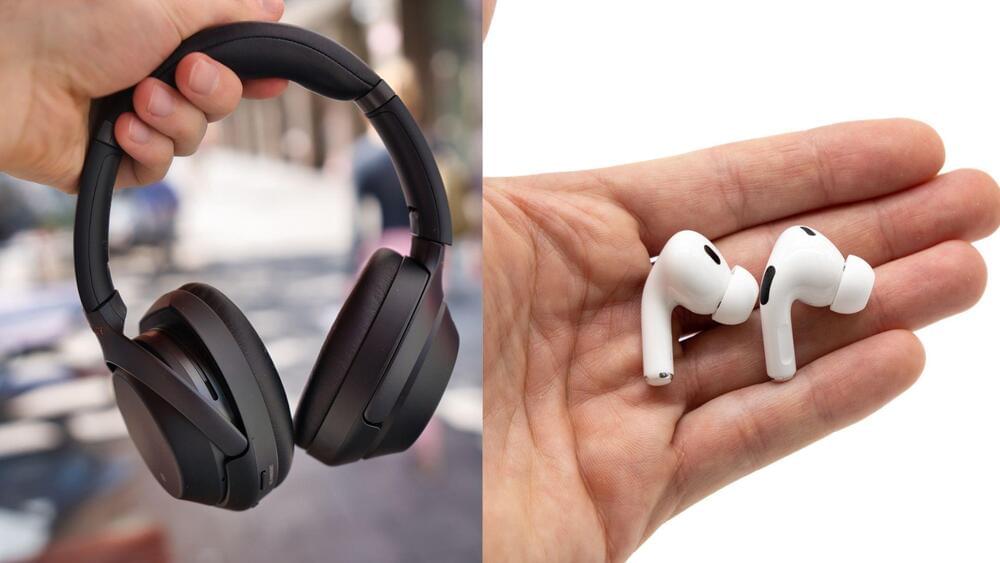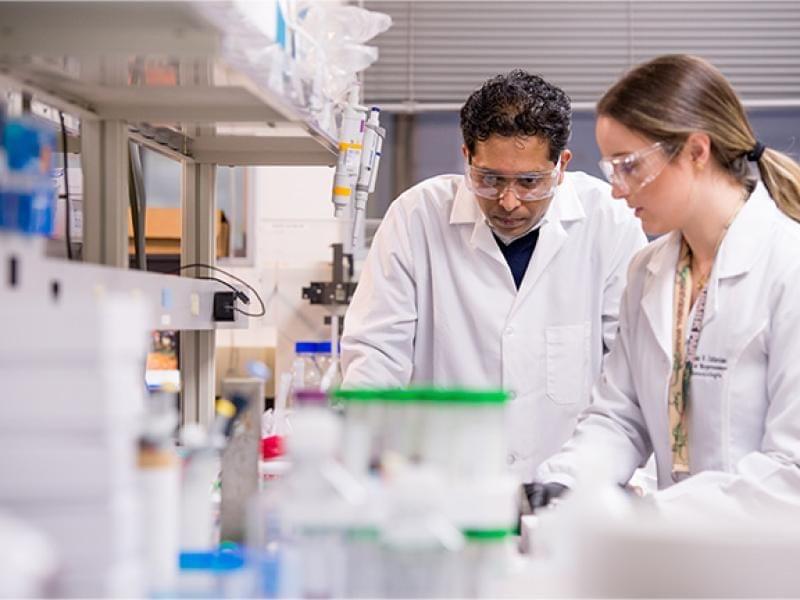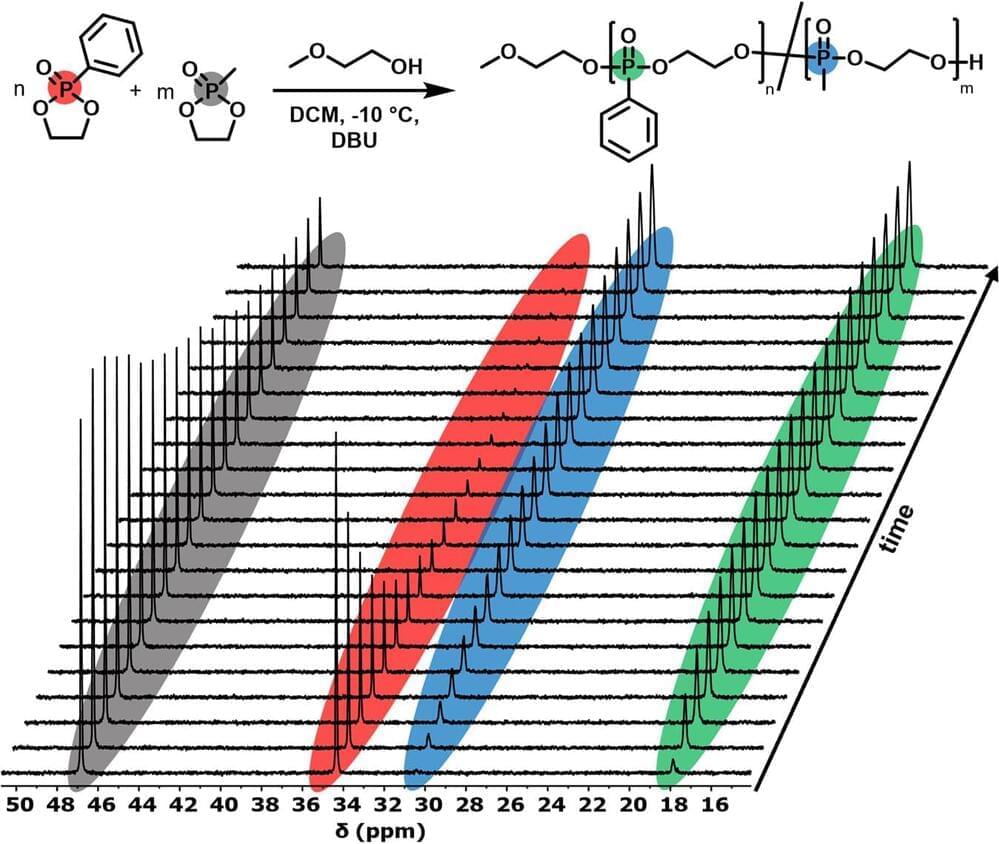
An AI tool that can predict 10-year risk of deadly heart attacks, could transform treatment for patients who undergo CT scans to investigate chest pain, according to British Heart Foundation-funded research presented today at the American Heart Association’s Scientific Sessions in Philadelphia.
In the first real-world trial of the AI tool, it was found to improve treatment for up to 45 per cent of patients. The AI technology could potentially save the lives of thousands with chest pain, who may not have been identified as at risk of a heart attack, and therefore may not have received appropriate treatment to lower their risk. With the technology also found to be cost-effective, the researchers hope it could change the management of patients who are referred for chest pain investigations, across the NHS.
Every year in the UK around 350,000 people have a cardiac CT scan – the standard test to identify any narrowings or blockages in the coronary arteries. In around three quarters of cases, there is no clear sign of significant narrowings, so patients are often reassured and discharged. Unfortunately, many of these people will die from a heart attack in future, because small, undetectable narrowings may break up if they are inflamed, blocking the arteries. Until recently, it was not possible to identify these patients at risk.


















